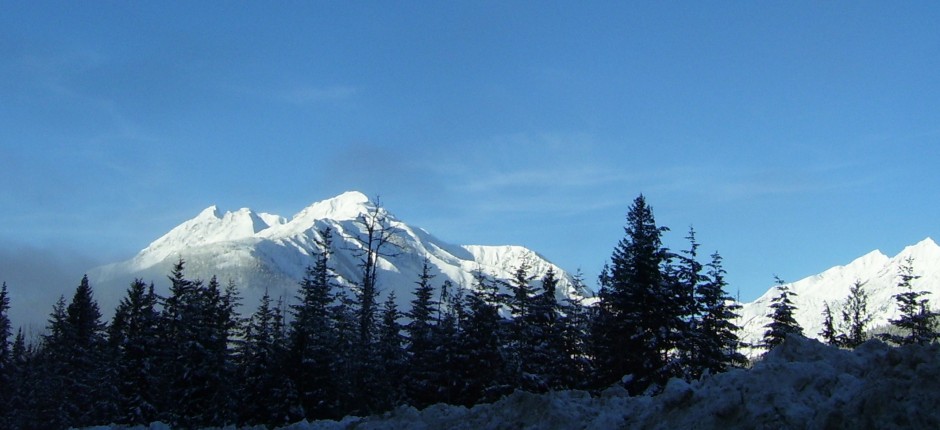Digging for the Details Behind Avalanche Prevention
Revelstoke, British Columbia – For reporters in western Canada, stories of avalanche injuries and fatalities are fairly common, but rarely do we have the time or resources to do more than “parachute journalism,” – get in, get the story, and get out again. During my time as a reporter in a small, busy newsroom serving the East Kootenay, B.C., avalanche forecasting became a fairly regular part of our winter newscasts, particularly after eight men from Sparwood died in a series of avalanches while out snowmobiling, less than one year before I started working there.
The following season, two more people were killed and 30 injured after about 200 sledders were buried at a snowmobiling event near Revelstoke. Covering the story for our station that day, I found one of the survivors in hospital. His answers to my questions and his comments about “big city media’s” response to events like these got me thinking I would like to learn more about this culture and why fatality rates were skewed so unevenly (significantly more snowmobile operators have died in avalanches during the past decade than skiers).

While I did as much research as I could on my own, the Greg Clark Award gave me the gifts of mobility and time to investigate an issue on the ground at the source – reporting tools that many cash-strapped newsrooms must now view as luxuries.
During my week at Revelstoke, I learned more about the Canadian avalanche prevention system, connected with knowledgeable sources that I wouldn’t have met otherwise and saw firsthand the beauty that draws people back again and again to the B.C. backcountry.

I talked to experts who explained in detail why they think the fatality rates are divided unevenly between user groups, what the Canadian Avalanche Centre is trying to do about it and how the federal and provincial governments support the efforts of this non-profit organization. I also talked to sledders themselves – recreational operators and professional guides alike. It was the kind of experience that enriched my practical journalistic skills in the field, helpedme further my cache of contacts and gave me a more detailed glimpse at the behind-the-scenes work that drives avalanche prevention in our country – all of which will in turn help me cover such stories
more thoroughly in future.

To the Canadian Journalism Foundation and all involved with making this award a reality, thank you for giving emerging journalists the chance to push themselves further in the field, to better their skills and subsequently better the Canadian journalism industry.
Hear Marion’s report about snowmobile safety for CBC’s Calgary Eyeopener.
The Canadian Journalism Foundation would like to thank
for their generous support of the 2011 award.






